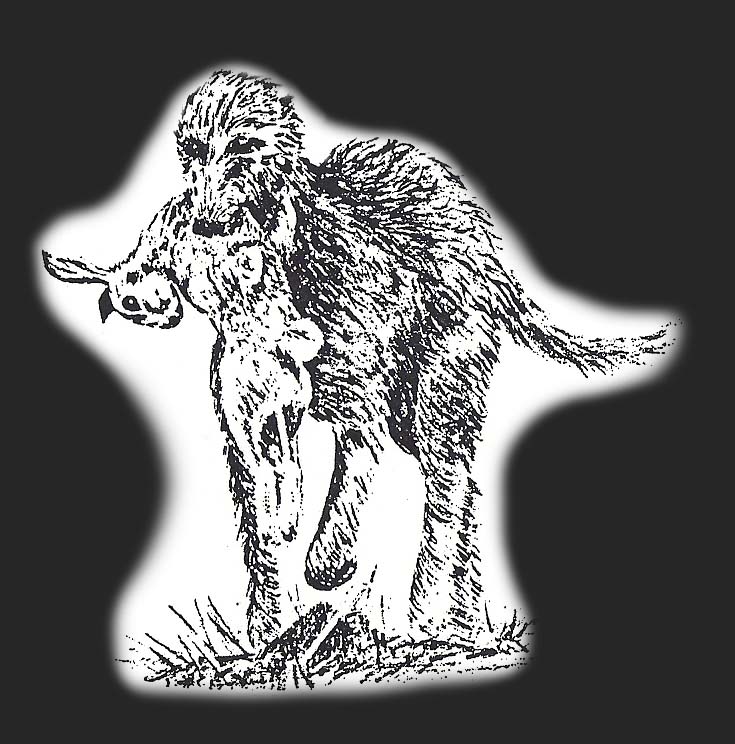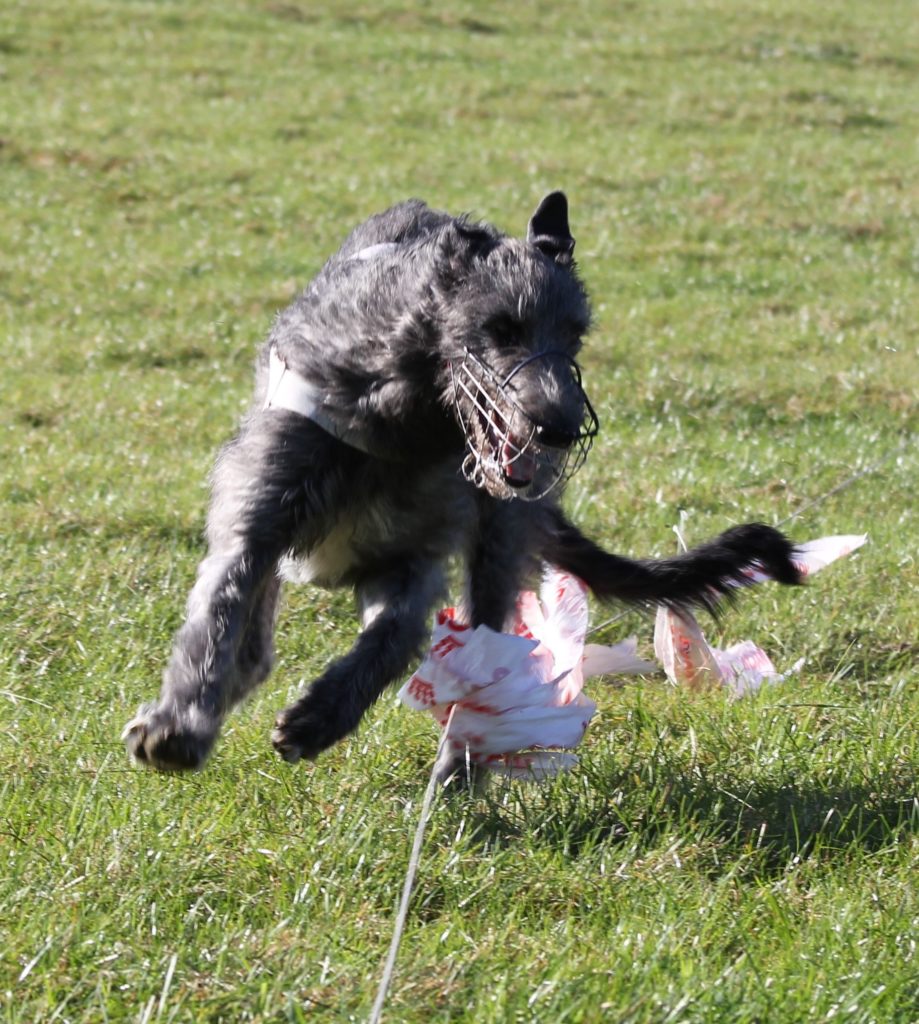 How is the (Inter-) National Sighthound sport controlled?
How is the (Inter-) National Sighthound sport controlled?
 How is the (Inter-) National Sighthound sport controlled?
How is the (Inter-) National Sighthound sport controlled?
During conversations with participants in races and coursings or reading on social media, I noticed that many people do not (well) know how the regulations are created in our Greyhound stadium sport. In most European countries, special commissions are responsible for the ins and outs of Greyhound stadium sport in those countries. In the Netherlands, that is the Commission for the Greyhound Stadium racing on behalf of the Management Board. This committee for the Greyhound Stadium racing (further in this article abbreviated to CvW) consists of 7 persons appointed by the Board of Directors (BOM) on the nomination of the associations. The Kynologisch Regulations (KR) describe the tasks of the CvW: the Commission, on behalf of the Management Board, is responsible for ensuring the proper functioning of the organisation of the Greyhound Stadium racing in the Netherlands and as far as possible abroad, as well as For its representation. The Commission shall be empowered, in order to implement the task appointed in the first paragraph, to lay down, on behalf of the Board of directors, obligations to the Windhondenren associations and to take other decisions, provided that it is not acted in Contrary to the Kynologisch rules. The CvW regularly enters into consultation with the Windhondenren associations on the policy to be implemented. To this end, there is the Windhondenren Council. Every Ren or coursing association in the Netherlands can send 2 delegates to the Windhondenren Council meetings, one of which has voting rights. Currently only 12 associations are active in the Netherlands. Over the last few decades we have had to say goodbye to the associations from Breda, The Hague and very recent Goes. During a Renraad meeting, A.O. discussed the national Ren and coursing agenda for the following year and on the proposals made by the various associations. Usually there are 2 Renraad meetings per year, one in December where a.o. The national Ren and coursing calendar is set for the following year and where proposals are voted on, and one around February where proposals are voted on The previous meeting. If a majority voted in favour of a particular proposal, it will eventually be incorporated into the national Ren and Coursingreglement. The BOM verifies that it does not conflict with the K-R and then gives or does not approve. If approved, a modified version of the national Ren and Coursingreglement is published. If the BOM is not in agreement with a proposal, this can be re-introduced into the Renraad for the vote, however, at least 75% of the votes must be for the return to the BOM. During a Renraad meeting, apart from the representatives of the associations and the CvW themselves, the representative of the BOM and the CdL delegated members may also be present. The CvW and the delegates of the BOM and CdL have no voting rights in the Renraad. Internationally, it functions almost in the same way as the national method described above. The FCI has about 20 different commissions, including the Commission for Greyhound Stadium; In French: Commission des courses de Lévriers de la FCI, which is almost always abbreviated to: CdL.  This CdL is therefore comparable at international level to the CvW in the Netherlands. Each country can indicate to the FCI if they want to send a delegate to the meetings of the CdL. For each country, that is one person, representing the Kennel Club of that country. The countries can (as with the Dutch Windhondenren Council) submit proposals which will be discussed in the annual meeting. For the convenience we stay with the Netherlands; Members of Ren and coursing associations may submit proposals to their association which may refer to national or international regulations. The members of these associations can eventually submit such a proposal to the Windhondenren Council, where it will be voted on. If a proposal is adopted by the Windhondenren Council by a majority, the CvW will ratify it by a majority vote among the 7 CvW members and then submit it to the BOM, as in the case of the national proposals. If the BOM has no substantive objections, this proposal (together with any other proposals) will be given to the delegate of BOM in the CdL. This is then scheduled and discussed at the annual meeting. In the event that a majority of CdL members are in favour of that proposal, this will be by means of a The minutes to the FCI offered. As soon as the FCI board has given its approval in its meeting, such a proposal can be incorporated into the international regulations. Then we are still not there, because in principle that international Ren and coursing regulations are adjusted once every 5 years (except with exception). The concept of regulations also goes back to the FCI for review and once there is an agreement it can be published by the FCI office, the new regulations will only be valid from the date stated therein. All official FCI documents are always published in 4 languages, namely English, French, German and Spanish; However, because there are no ren or coursing activities in Spain, the CdL documents are not translated into Spanish. The official language of the CdL is English, which is much more practical than before, in which three languages were met. Most European countries have a representative in the CdL; The annual meeting has been held in the vicinity of relevant EKC for a number of years on the day before the European Championships coursing (EKC). At the meeting in Velké Pole (SK) in 2016, the CdL elected both a new president and a new secretary. The president is Maria Stenberg from Finland and I am the new secretary. The CdL is thus an executive organ of the FCI, however has no finances available and all decisions must be approved by the FCI. Hoping to have given more clarity in the regulations, I wish you a lot of fun with your greyhounds in the sport. Chris Bekker, CdL delegated on behalf of the Board of Directors & Secretary of the CdL.
This CdL is therefore comparable at international level to the CvW in the Netherlands. Each country can indicate to the FCI if they want to send a delegate to the meetings of the CdL. For each country, that is one person, representing the Kennel Club of that country. The countries can (as with the Dutch Windhondenren Council) submit proposals which will be discussed in the annual meeting. For the convenience we stay with the Netherlands; Members of Ren and coursing associations may submit proposals to their association which may refer to national or international regulations. The members of these associations can eventually submit such a proposal to the Windhondenren Council, where it will be voted on. If a proposal is adopted by the Windhondenren Council by a majority, the CvW will ratify it by a majority vote among the 7 CvW members and then submit it to the BOM, as in the case of the national proposals. If the BOM has no substantive objections, this proposal (together with any other proposals) will be given to the delegate of BOM in the CdL. This is then scheduled and discussed at the annual meeting. In the event that a majority of CdL members are in favour of that proposal, this will be by means of a The minutes to the FCI offered. As soon as the FCI board has given its approval in its meeting, such a proposal can be incorporated into the international regulations. Then we are still not there, because in principle that international Ren and coursing regulations are adjusted once every 5 years (except with exception). The concept of regulations also goes back to the FCI for review and once there is an agreement it can be published by the FCI office, the new regulations will only be valid from the date stated therein. All official FCI documents are always published in 4 languages, namely English, French, German and Spanish; However, because there are no ren or coursing activities in Spain, the CdL documents are not translated into Spanish. The official language of the CdL is English, which is much more practical than before, in which three languages were met. Most European countries have a representative in the CdL; The annual meeting has been held in the vicinity of relevant EKC for a number of years on the day before the European Championships coursing (EKC). At the meeting in Velké Pole (SK) in 2016, the CdL elected both a new president and a new secretary. The president is Maria Stenberg from Finland and I am the new secretary. The CdL is thus an executive organ of the FCI, however has no finances available and all decisions must be approved by the FCI. Hoping to have given more clarity in the regulations, I wish you a lot of fun with your greyhounds in the sport. Chris Bekker, CdL delegated on behalf of the Board of Directors & Secretary of the CdL.